IP microphones: features, model overview, connection

With the development of video surveillance equipment, sound recording systems are being improved in parallel. Many surveillance cameras operating over IP protocol do not have a built-in microphone, which significantly reduces the information content of a particular recording. In today's article, we will look at what an IP microphone is and how to connect it.
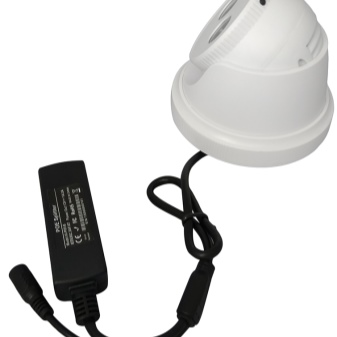
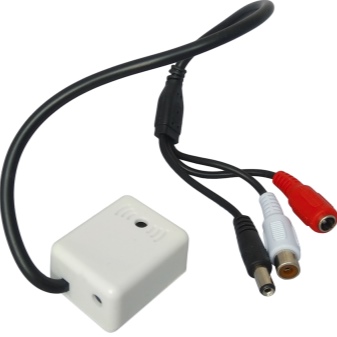
Peculiarities
In order to understand what IP microphones are, it is worth understanding the IP protocol itself: to find out what it is and how it works. The technology itself is not new... With her arrival, most of the security agencies and companies began to work on this principle. It includes conventional cameras with a certain level of image clarity, which supports network channels. In special cases, a wireless surveillance method using a Wi-Fi connection can be used.
Simply put, a single general security network is created, which includes all network communications, united by one or more servers. Thanks to such a system, the security company has a remote monitoring method not only through a cable connection, but also via the Internet. Many camcorders already have built-in microphones, as a rule, they are of the lowest quality and are installed "for show".
If it is necessary to make good sound recording in the room, then you will have to install separate external microphones - most often paired with a surveillance camera.
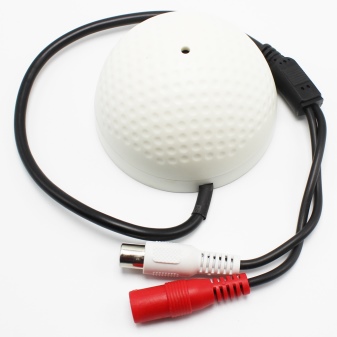

Varieties
The purpose of video surveillance systems is to allow one person to monitor a large number of places and premises remotely, and in the event of an incident, to be able to view the recording from cameras. Cameras used for outdoor and indoor surveillance usually consist of the smallest fixing device, a mounting plate and a dedicated network cable. Depending on the model, the camera may have a connector for external storage or a remote recording storage that is connected via a cable. As a rule, such models do not pay enough attention to sound recording, and in some copies there is no microphone at all.
Microphones are divided into:
- active;
- passive.
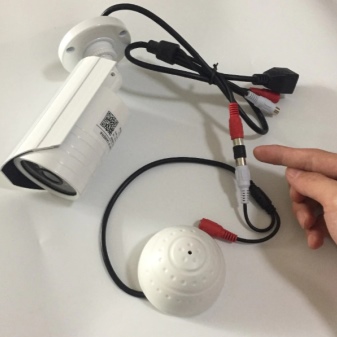
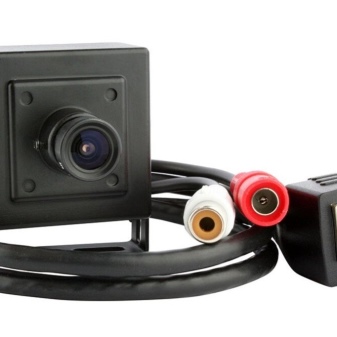
Active models are capable of amplifying the received signal due to their circuitry. While passive are used with an external amplifier and have a low noise level. Unlike active microphones, passive microphones are not multifunctional. In video surveillance systems, exclusively active options are used, even despite the fact that their use requires painstaking adjustment, which still will not save you from extraneous noise in the recording. An automatic level control (AGC) system can be used on such devices.
IP microphones can be installed in different ways. They can be external or internal, connected to the camera itself or to the regulator via a wire... Built-in microphones are usually cheaper than external ones, but they have a number of disadvantages associated with sound quality and the inability to transmit it over a distance of several meters. Outdoor microphones have the same characteristics and are additionally protected against dust and moisture.
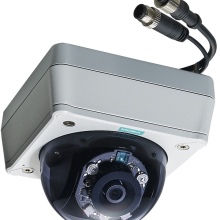
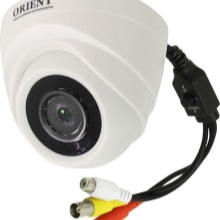
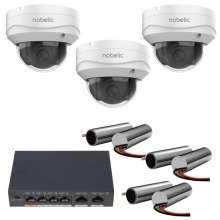
For maximum control over the protected area surveillance cameras are installed in the corners of the room... For the camera, this is a very good and advantageous location, which cannot be said about the microphone. This distance from the sound source will have an extremely negative effect on the recording.In addition to the sound track itself, a huge amount of extraneous noise and reflections will be recorded. Of course, if you try hard, in the presence of complex amplification and noise reduction circuits, you can achieve acceptable recording quality, but this will be impractical.
In order not to complicate your life, it is much easier when choosing equipment to give preference to external active microphones.
At the moment, video surveillance systems using IP are the most popular due to the following advantages:
- signal transmission over the IP system has no distance limitation;
- IP cameras are equipped with an audio input, which allows the received signal to be digitized using the processor of the technology and to overlay the sound on the video track;
- The IP recorder is capable of working with any number of audio channels combined with the camera.

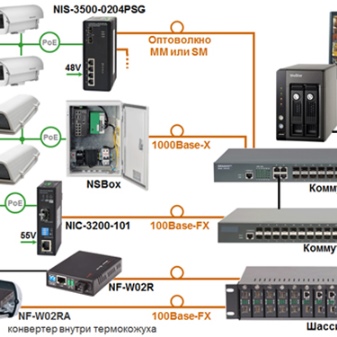
Model overview
Today, the range of IP microphones can offer models to suit any requirement and budget. Let's take a closer look at how the most popular options are.
MBK-M022
The described device has a small size and good frequency response. Can be installed in any electronic device with an operating voltage of 12v. The main technical characteristics of this instance:
- voltage 9-14 v;
- consumed current 6 mA;
- reproduction of frequencies in the range of 60-7000 Hz;
- dimensions 43 by 9 by 7 mm.
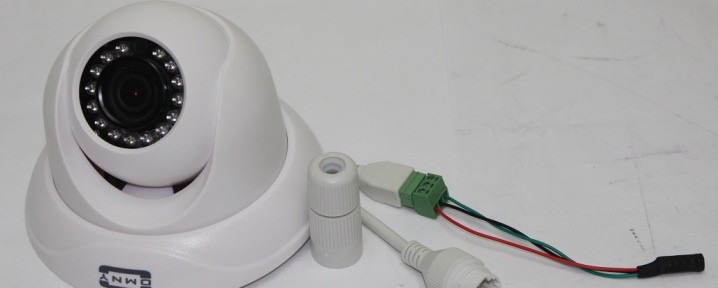
STELBERRY M-50
Compact active type recording system with high speed AGC and sensitivity adjustment. This device has a small cylindrical shape. Its characteristics are as follows:
- voltage 7.5 to 16 v;
- frequency range 270-4000 Hz;
- dimensions 10 by 52 mm;
- audio capture area up to 20 m.
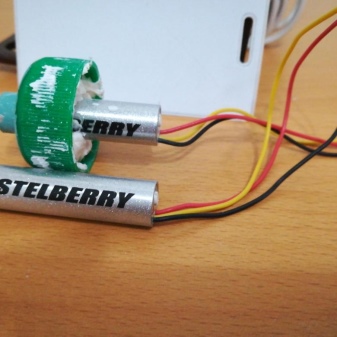

"Rustle"
A family of devices called "Rustle" are small cylindrical microphones designed to work with CCTV cameras. Specifications:
- voltage 5-12 v;
- frequency range up to 7000 Hz;
- maximum sound capture distance up to 7 m.
IP video cameras with built-in microphones have different sets of functions and areas of application, but they all gradually reduce their cost... The fact is that the price is very often too high for such models, and the quality of recording (especially sound) leaves much to be desired. In many cases, the best shooting results are achieved with an inexpensive camera with the ability to connect an external microphone and install it. This method of packaging will give the best video and sound quality, and it is also cheaper than its initially equipped competitors. Besides, installing a large number of such cameras can significantly reduce the cost of the final video surveillance system.
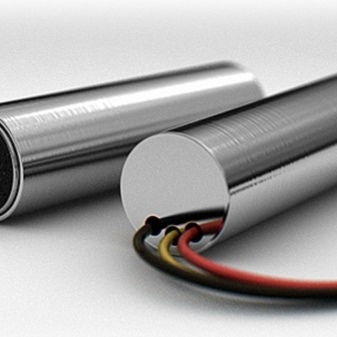
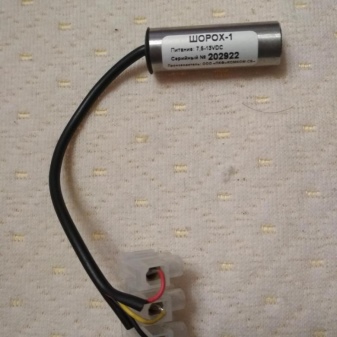
How to connect?
Small condenser microphones are most often connected to IP cameras, having 3 navigating to work.
- By red the wire is supplying power to the microphone.
- Black the wire is the grounding wire in this circuit. It connects to the case.
- Yellow - this is the audio signal output.
Many (but not all) camera models are equipped with a microphone output. It looks like a socket for a tulip or 3.5 mm mini-jack adapter. In the case of such a connection, the wires are connected to the plug according to the colors.
If the microphone is located remotely from the camera itself (for listening to the room), it can be powered from another power source, and to protect the signal from interference, you will have to use a special shielded wire.
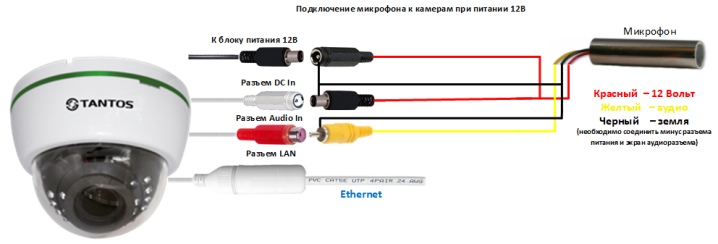
For information on the features of IP microphones, see the next video.













The comment was sent successfully.